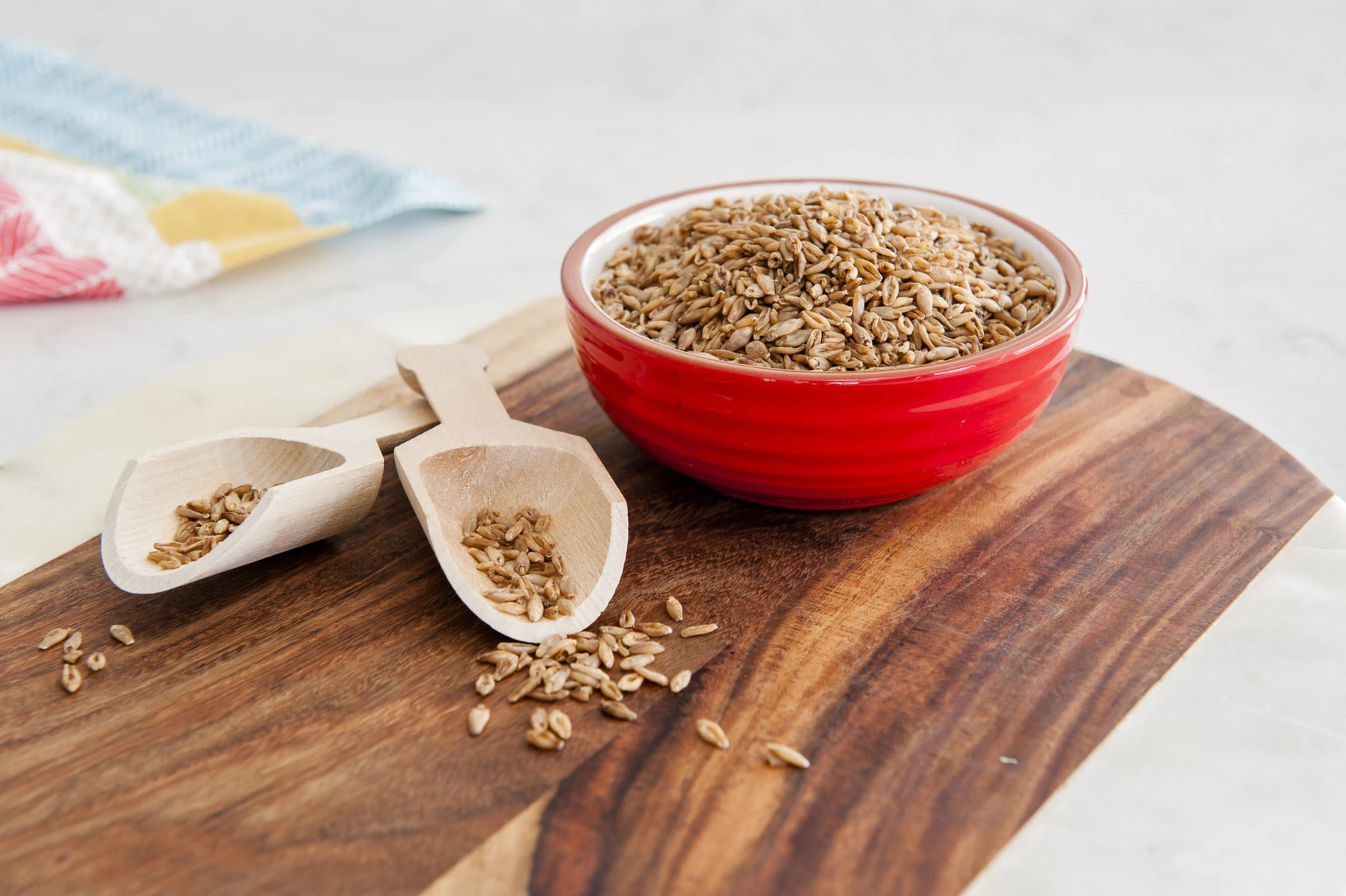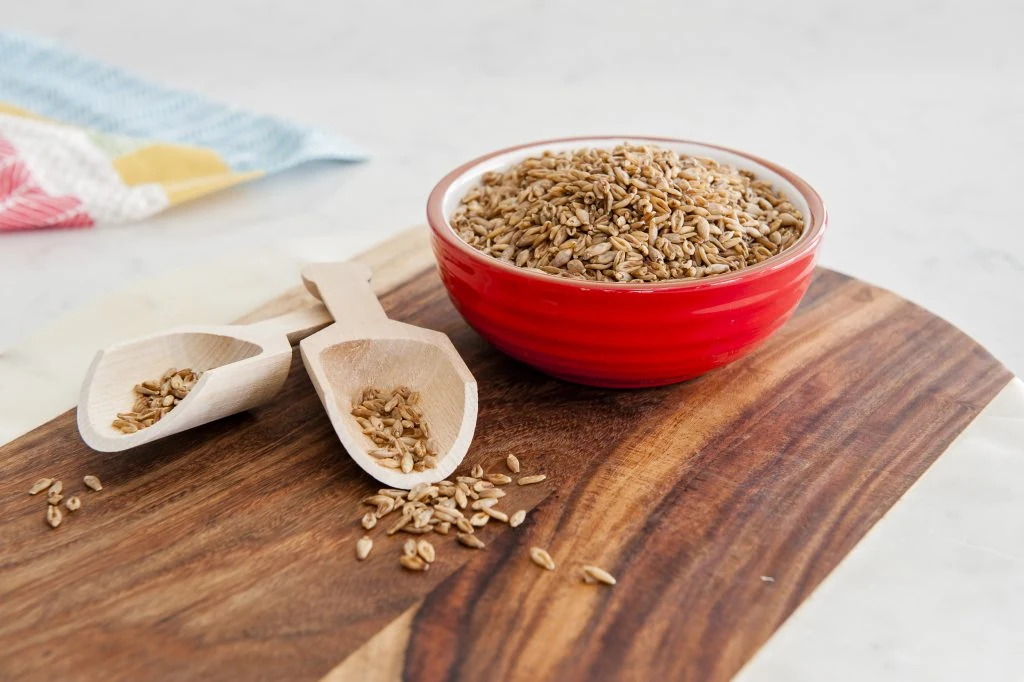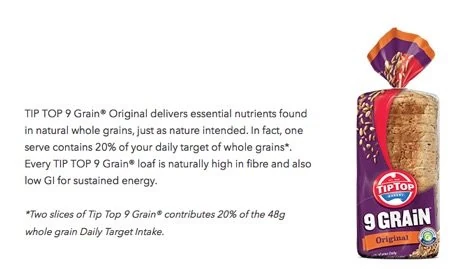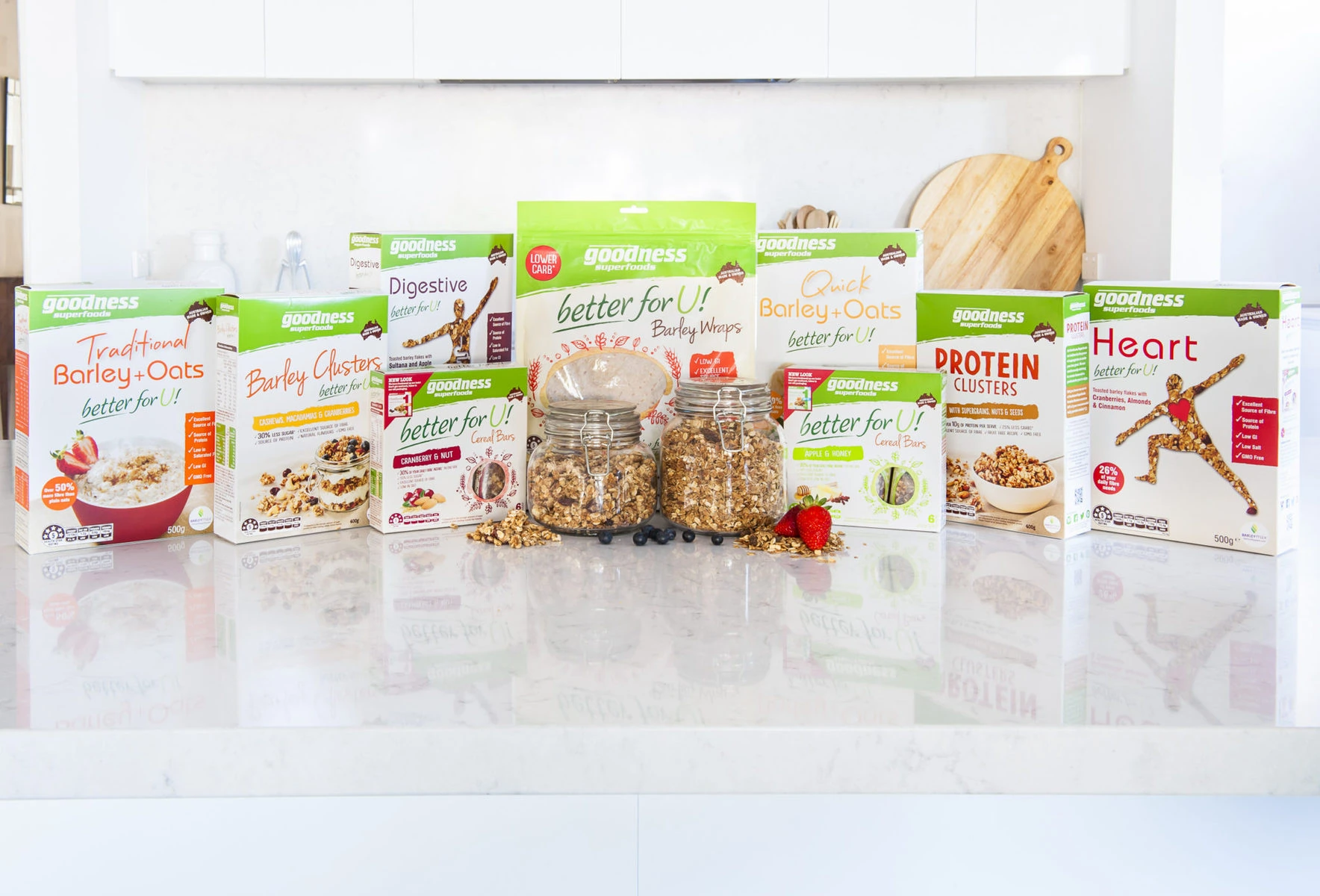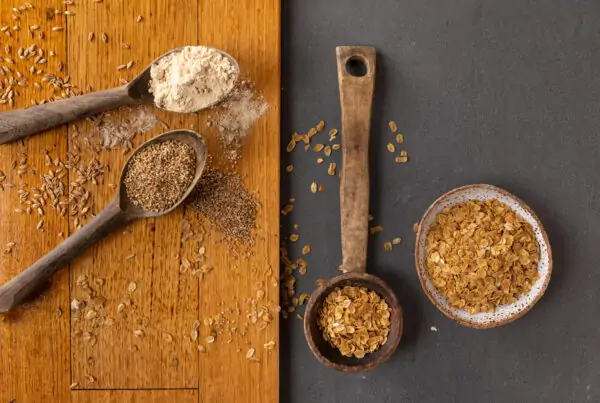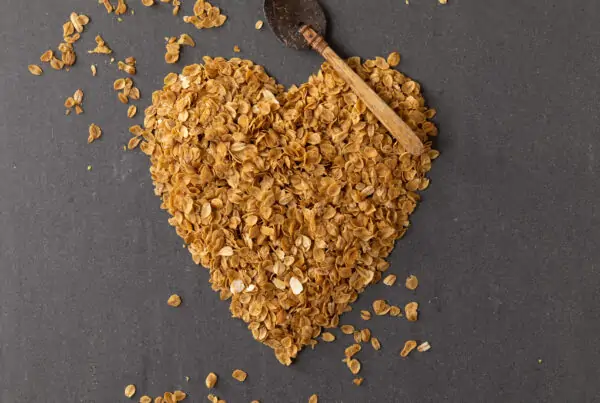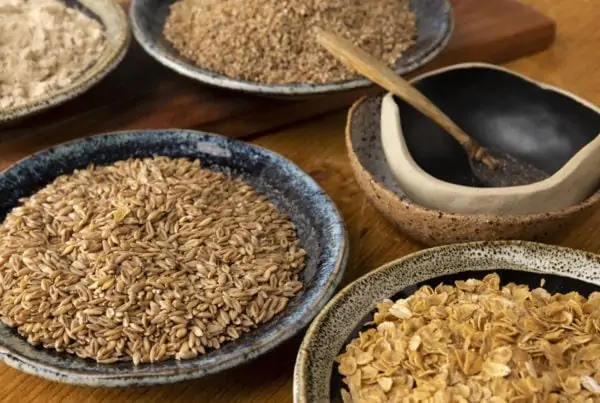For most of us, if we see the word “whole grain” on food packaging, it suggests that the product contains nutrients that will help keep us healthy. Whilst this is true at a simple level, the challenge is that many of us don’t actually know what whole grains are, so it can be difficult to know if we are making the right choice when it comes to choosing a product.
It’s not surprising that people are confused about whole grains. With no regulation around claims and wild diversity in claims, a recent report from the Australian Grains and Legumes Nutrition Council found that foods labelled as whole grain can vary from 1.4 to 75 grams per serve.1
To help consumers better understand what is a true whole grain and what to look for, we spoke to Accredited Practising Dietitian and Nutritionist Teri Lichtenstein.
What is a whole grain?
“A whole grain has the germ (the inside part of the grain with good fatty acids), the endosperm (the middle layer with the carbohydrate and protein) and then the bran (the outer layer with a lot of fibre, vitamins and minerals),” says Lichtenstein.
What happens to a whole grain when it is processed and refined?
“When whole grain products become refined (e.g. white flour), they have had the bran and germ layer removed”, explains Teri. “And as a result, most of the fibre, vitamins and minerals have been removed as well. That’s why choosing a whole grain product is best, as it has all the parts of the grain that provide the best nutritional value.”
How to check if a product is truly a whole grain
Finding products requires a bit of investigating. Below Teri has provided her tips to help you choose right.
1. The ingredients list
Get to know your whole grains (e.g. oats, BARLEYmax®, rye, millet, buckwheat, spelt and many more), but more importantly, check where on the ingredient lists the whole grains appear. Ingredients are listed in descending order by weight, so you want to make sure that the whole grains appear near the top of an ingredient list. For example, if the first few ingredients on a bread product are flour, bran or wheat germ, it is likely that the bread contains mostly refined grains, where the different parts of the whole grain have been separated
2. Look for the whole grain code of practice statement on pack
The Grains and Legumes Council have developed a voluntary code of conduct for food manufacturers to promote more nutritious whole grain foods, and help people make better food choices. Look out for statements on pack that state the percentage contribution to the wholegrain target of 48 grams per adult each day.
Source: http://www.tiptop.com.au/range/23/9-grain July 2016
3. Don’t only rely on the nutrition information panel
Whilst whole grains are high in all types of fibre (soluble, insoluble and resistant starch), other non- whole grain ingredients can be used in products to increase the total fibre content, but without all the additional benefits such as folate, thiamine, riboflavin, niacin, iron, vitamin E, zinc, magnesium, phosphorus and many more. So reading a nutrition information panel can be useful, but it won’t always tell you whether or not a product is a true whole grain.
4. Get to know the differences in types of whole grains
Whilst all whole grains will provide nutritional benefits to help maintain gut health, some whole grains are nutritionally superior. BARLEYmax® contains four times as much resistant starch (a type of fibre) compared to most other grains. Whereas other types of starch are broken down in the small intestine, resistant starch is digested by the large intestine. This improves digestive health through the fermentation of the Resistant Starch by good bacteria in the gut. Watch this video, to find out more about how resistant starch works to improve gut health.
Intended as general advice only. Consult your health care professional to discuss any specific concerns.


